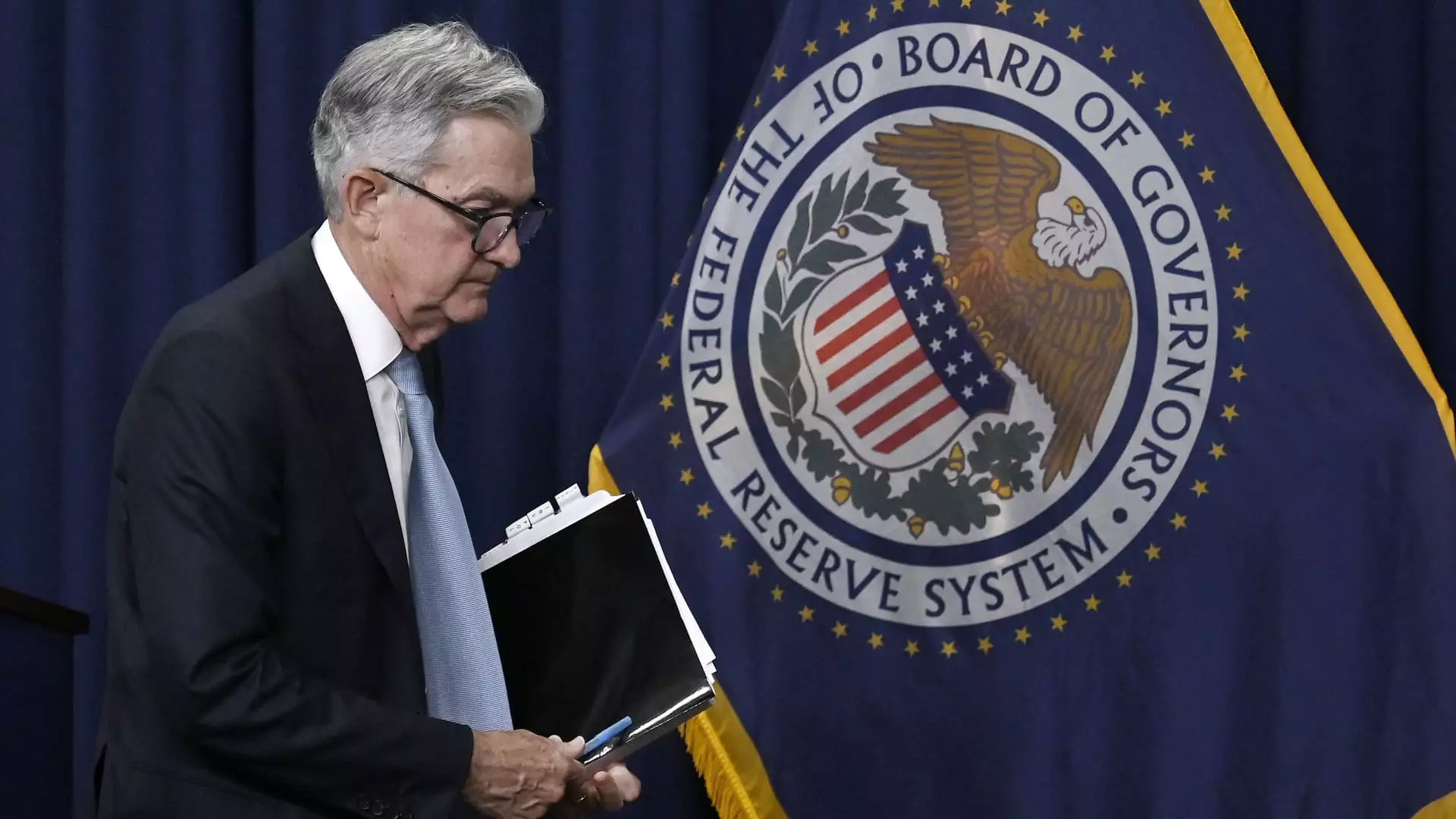The recent weaker-than-expected economic data has raised concerns about the need for an emergency rate cut by the U.S. Federal Reserve. However, Claudia Sahm, chief economist at New Century Advisors, argues that such drastic measures may not be necessary at the moment. Sahm emphasizes that while there is a case for a 50-basis-point cut, there is no immediate need for an emergency cut based on the available information.
Sahm warns that the Fed should consider easing its monetary policy to avoid potential risks of a recession. She highlights the importance of starting to ease gradually ahead of time to mitigate the impact of economic downturns. By being proactive in adjusting interest rates, the Fed can help stabilize the economy and prevent a full-blown recession.
Sahm’s introduction of the Sahm rule serves as a valuable tool for determining the onset of a recession. According to this rule, a recession begins when the three-month moving average of the U.S. unemployment rate is at least half a percentage point higher than the 12-month low. The recent uptick in unemployment, coupled with lower-than-expected manufacturing numbers, has raised concerns about the health of the economy.
While Sahm does not believe that the U.S. economy is currently in a recession, she acknowledges the lingering risks. The uncertainty surrounding future economic growth highlights the importance of maintaining a cautious approach. Sahm emphasizes the need for the labor market to stabilize and for growth to level out before ruling out the possibility of a recession.
As global markets respond to economic data and indicators, the role of the Federal Reserve in shaping monetary policy becomes increasingly critical. Sahm’s insights provide a valuable perspective on the need for a measured approach to rate cuts and economic stimulus. By remaining vigilant and responsive to changing economic conditions, policymakers can help steer the economy away from a potential downturn.
While the need for an emergency rate cut may not be imminent, the U.S. Federal Reserve must carefully consider the risks of recession and take proactive steps to mitigate them. Sahm’s analysis serves as a timely reminder of the importance of monitoring key economic indicators and adjusting monetary policy in response to changing conditions. By adopting a cautious and proactive stance, policymakers can help safeguard the economy and ensure its long-term stability.

